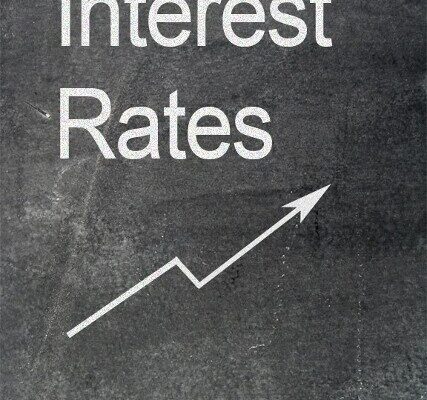When you see mortgage rates displayed, there are always two numbers.
 Lenders may display their interest rates with pride, but don’t explain what they mean. For a home buyer this makes coming to a practical decision about a home loan difficult.
Lenders may display their interest rates with pride, but don’t explain what they mean. For a home buyer this makes coming to a practical decision about a home loan difficult.
When you see mortgage rates displayed, there are always two numbers. The first one is your interest rate and will be used to figure out what your monthly mortgage payment will be. The second is the APR or annual percentage rate. That is the rate the mortgage would be charged if all of the costs associated with obtaining a loan were factored in as interest. Since most of the costs, such as application fees and origination fees are paid by you upfront, that APR has little bearing. It is helpful when trying to compare loans side by side, but won’t have anything to do with your monthly payments.
Understanding Interest Rates
The interest rate displayed is a yearly rate, so in order to factor it in with your principal payment it needs to be divided by 12. The principal payment is the amount that you are paying towards the actual loan, before interest is added. So let’s say for example you locked in a 6% interest rate on your $100,000 mortgage. 6 divided by 12 comes out to .5 %. So every month you will be charged .5% interest on the balance of your loan.
What we have found to be confusing over the years for many St. Louis home buyers is why the actual interest amount decreases each month even though the percentage doesn’t. That’s an understandable question, with a complicated answer. To keep your monthly mortgage payment consistent, banks use what is called an amortization formula. In our example the monthly payment is $600. Since the interest is applied to the total amount you owe, your first payments interest, .5% of $100,000 is $500. That means $100 went towards the principal.
For the next month, your new principal balance is $99,900. Apply your .5% interest rate to that amount and you get $499.50. Now $100.50 went towards your principal. The payments continue like that throughout the life of the loan, with the interest payments getting steadily smaller, while your principal payments steadily increase. With the mortgage payments structured this way the interest on the loan is always paid off first, with the homeowner making very little headway with the principal balance for the first few years of the loan.
A very simplistic example was used, just to give you a basic understanding of a complicated math formula. When applied in real life, other factors may possibly be weighed in, such as mortgage insurance, homeowners insurance and property taxes.
Best Thing For a Homeowner
One of the best things a new homeowner can do to increase their equity faster and decrease the amount of interest they pay is to make additional principal payments with each month’s mortgage. Even a small amount each month can go a long way towards saving you thousands on interest. Plus you are building equity with your home, which could give you better loan opportunities in the future.
Finding your way through the mortgage process is not easy, even for experienced home buyers. Ask Better Rate Mortgage for more details about which loan will work best for your circumstances. Call us today at (314) 361-997 or fill out our instant contact form.
photo credit via Flickr: 401k Limits

